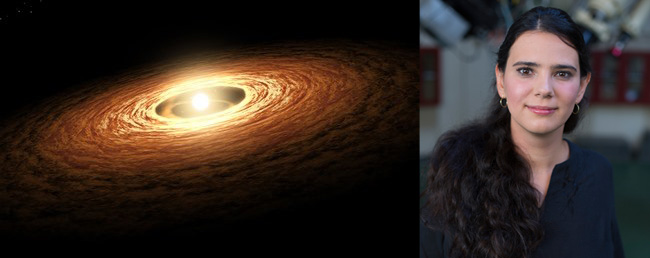The invisible light of young stars
Categories: Event
Date: 12/03/2019
Time: 19 h 00 - 22 h 00
Location: Balassi Institute, Cultural Service of the Embassy of Hungary in Brussels
Links: iCal - Google Calendar
Lecturer: Dr. Ágnes Kóspál, PhD
Senior Research Fellow, leader of the SACCRED ERC group
Konkoly Observatory, Research Centre for Astronomy and Earth Sciences of the Hungarian Academy of Sciences
Dr. Kóspál Ágnes is a physicist and astronomer. After obtaining her PhD at the ELTE University in Budapest, she worked at the Leiden Observatory and at the European Space Agency with postdoctoral fellowships. After spending six years in the Netherlands, she returned to Hungary in 2014, when she won a Momentum Fellowship from the Hungarian Academy of Sciences. Currently, she leads an international research group at the Research Centre for Astronomy and Earth Sciences with a 1.4 million euro grant from the European Research Council. She won the Junior Prima prize in Budapest and the L’Oréal-UNESCO International Rising Talents prize in Paris. With her colleagues, she uses the most advanced astronomical instruments to study how Sun-like stars and their planetary systems form.

How did the Earth and the Sun form? How can we observe the birth of stars and planets? How do we know what they are made of? Does their composition change with time? Such questions are the focus of the research of Ágnes Kóspál and her group. In this talk, she will speak about the latest directions in the research of star formation and young stars. We will hear about cutting-edge astronomical instruments and will get a glimpse into the results obtained with them, such as the sudden brightenings of young stars and the structure of the disks around them.
The lecture will be presented in English.
Registration through this link.



